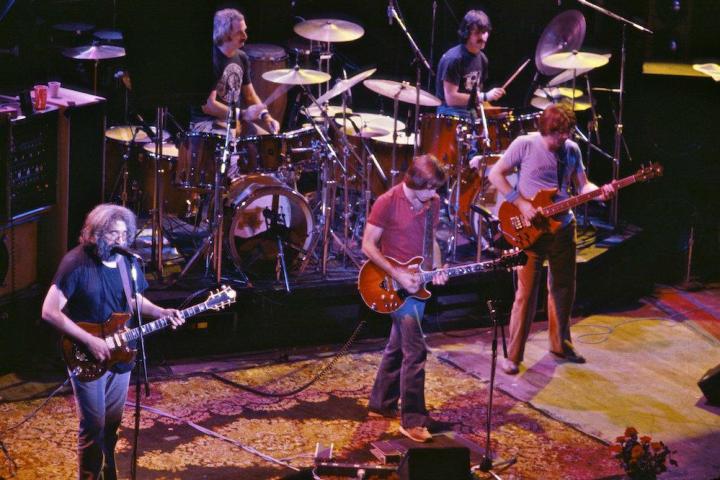
Deadheads came out in historic numbers to the Grateful Dead’s five last Fare Thee Well shows, but they also paid to watch from the comfort of their homes in record numbers. The jam band heroes set the record for the largest syndication of a live music show in history, according to production company Live Alliance. The company said that over 400,000 paid to watch the event through cable and satellite subscriptions and online streams. As the event is available to cable and satellite subscribers through video-on-demand until August 2nd, Live Alliance expects this record-breaking number to grow.
And that 400,000 figure significantly underestimates the total number of viewers. “A lot of those are parties,” said Live Alliance president Nate Parienti to Mashable. “And with cable as well. I saw lots of people with projection screens in their backyard, at bars, around the pool. The actual numbers of viewers will be much, much larger.”
The Dead’s Fare Thee Well Shows were available on YouTube, as well as 2,200 systems in North America including cable on-demand, the Dish Network, DirecTV, AT&T Uverse, Verizon Fios, and other systems in Canada. And they certainly weren’t cheap to stream: the Santa Clara shows were $19.95 each, while the Soldier Field shows were $29.95 each. All five shows could be purchased for $109.95.
The event, which featured the surviving members of Grateful Dead and Trey Anastasio, was hosted by CNBC reporter Steve Liesman and featured noted deadhead (and NBA Hall of Famer,) Bill Walton. The group formed 50 years ago; its frontman, Jerry Garcia, passed away in the ’90s; and the “core four” members are now in their golden years. For their hundreds of thousands, though, none of that stopped them from paying to tune in across North America.
Live Alliance noted that the shows were the first time a musical event had reached six-figure pay-per-view customers since 1999, when a Backstreet Boys show reached 160,000 paid viewers.


